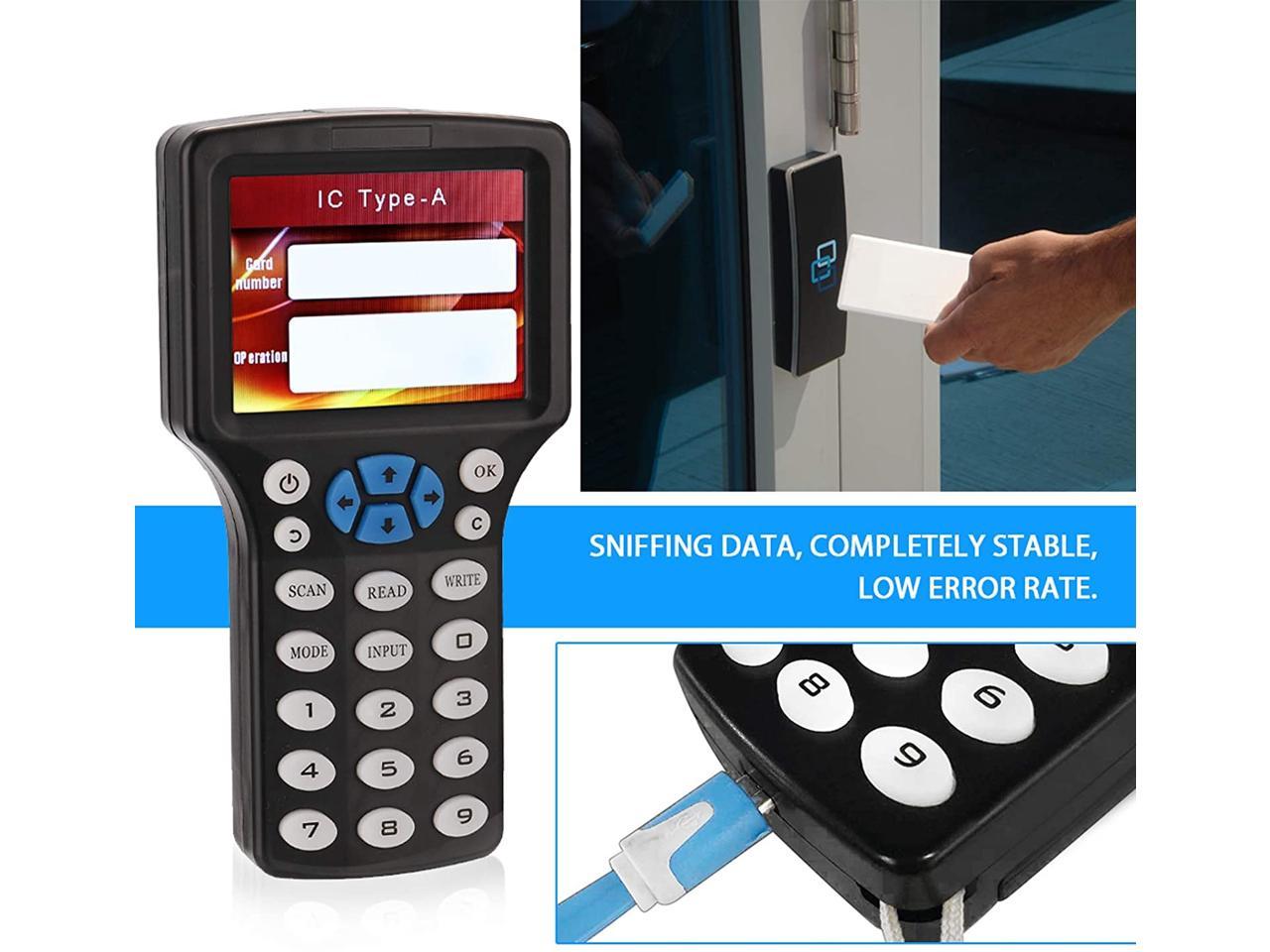
This means that it is safe to replace the. We can mount a volume in read-only mode by appending :ro to the rule, like for the /home folder (we don't want a Docker container erasing our users by mistake). Nearly everything in /app in the container is also present in the application repository and thus on the host machine.

This portion of the file system is writeable, which means that the container can not only read but also write (and delete) files in the host machine. The /tmp folder of the host's file system is mapped to the /my-volumes/host-volume folder of the container. The two host volumes, instead, will be available only to volumes-example-service. Tile inspired blocks of bold black, neutral beige, taupe and fiery red color create the modern geometric inspired style of Karastan Rugs Compose Area Rug. Here, both containers will have read/write access to the my-named-global-volume shared folder, no matter the different paths they've mapped it to. my-named-global-volume:/another-path/the-same-named-global-volume home:/my-volumes/readonly-host-volume:ro Based around the high performance Express RIP, ColorExpress offers interfaces for all. my-named-global-volume:/my-volumes/named-global-volume ColorExpress from Compose is the ideal RIP for digital color printing. In this last example, we can see that another-service-in-the-same-network will be able to ping and to reach port 80 of network-example-service, while another-service-in-its-own-network won't.

affected components that are indicated by the green color boxes below, then. Babbitts Composition for Synthesizer (1961) displayed his interest in establishing precise control over all elements of composition the machine is used. This powerful mechanism allows us to run different containers exposing the same ports without collisions.įinally, we can define additional virtual networks to segregate our containers: services: Imagine there’s a state variable data that will affect components deep beneath the top-level composable function, i.e.

Port 80 will now be visible from the host, while port 3000 of the other two containers will be available on ports 80 in the host. To reach a container from the host, the ports must be exposed declaratively through the ports keyword, which also allows us to choose if exposing the port differently in the host: services: In this case, by the way, it would also work without exposing it, because the expose directive is already in the image Dockerfile.


 0 kommentar(er)
0 kommentar(er)
